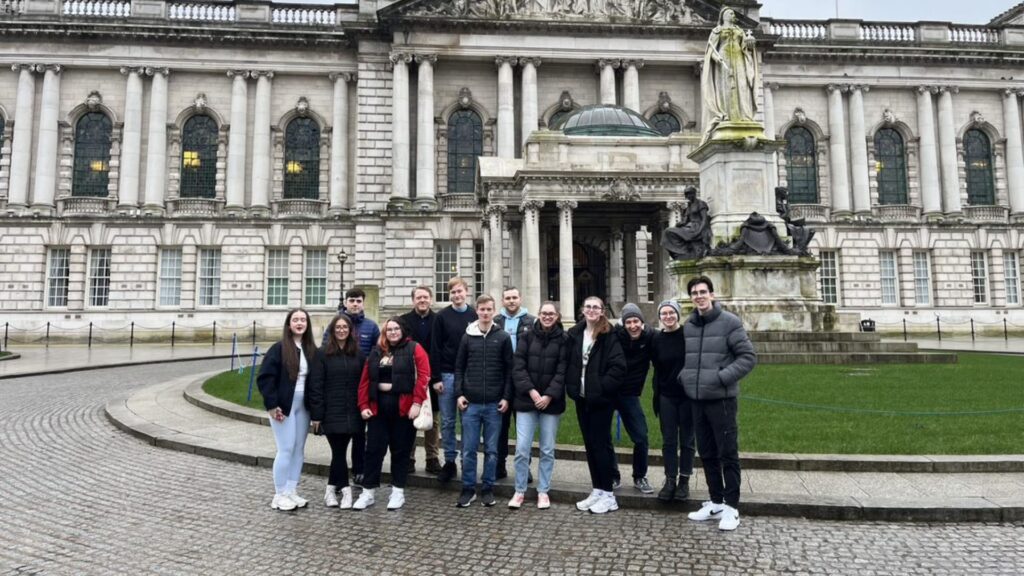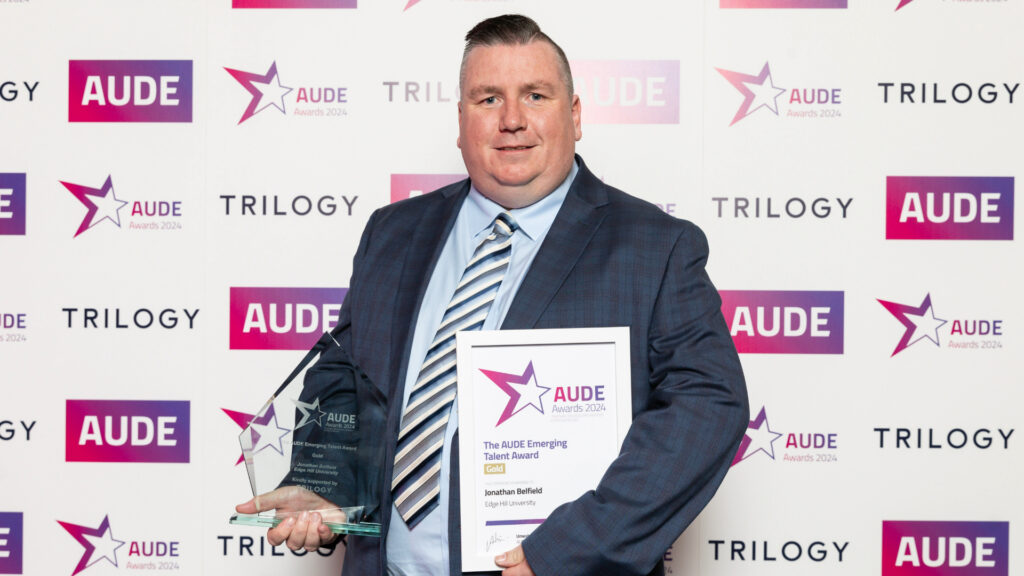In a new article for The Conversation Dr Chris Greenough, Reader in Social Sciences at Edge Hill University takes a look at Rihanna’s controversial outfits and use of religious imagery over the years.
Rihanna’s no stranger to causing a stir. This time, she’s attracted controversy and outrage with her “dehumanising and degrading” representation of a nun for the Spring 2024 cover of Interview magazine.
This isn’t Rihanna’s first use of religious imagery in her work, either. Take her “sexy pope” outfit at the 2018 Met Gala, for example. It became an iconic look, since immortalised in a Madame Tussard’s wax work, that inspired Vogue magazine to declare “Rihanna won the Met Gala”.
Like the cover image for Interview magazine, some quarters deemed the Gala theme “heavenly bodies: fashion and the catholic imagination” “sacrilegious”.
But the catholic church partnered with the accompanying Metropolitan Museum of Art exhibition, lending more than forty papal vestments from the Vatican. The Archbishop of New York, Cardinal Timothy Dolan, not only sanctioned but also attended the event.
Rihanna hasn’t limited her use of religious symbolism to Christianity, either. In 2021, she was accused of cultural appropriation when she photographed wearing a pendant of the Hindu deity Ganesha.
And the year before, Rihanna apologised for using sacred Islamic text in the music for the 2020 Savage x Fenty lingerie runway show.
Religious symbolism as cultural provocation
Like many high profile pop stars from Beyoncé to Madonna and Lady Gaga to Lil Nas X, Rihanna uses religious imagery as cultural provocation.
Just as Beyoncé used Virgin Mary imagery in her pregnancy announcements to subvert associations between whiteness and sexual purity, Rihanna parodies the “nunsploitation” genre to play with assumptions about the politics of respectability and taste, sexual abstinence and the sexualisation of women.
Rihanna’s nun-themed look has sparked outcry because it betrays cultural ideas about how women should dress. Religious imagery is her tool for using playful parody to push back on religious ideals about women’s bodies.
Christianity has long held notions about women’s dress. There are a number of biblical texts which proscribe modesty for women, including 1 Timothy 2:9-10, “I also want women to dress modestly, with decency and propriety, not with braided hair or gold or pearls or expensive clothes.”
Codes of dress remain in force in a number of Christian denominations today.
Nuns as popular cultural trope
The appropriation of the figure of the nun is deeply embedded in popular culture, including cinematic portrayals of musical nuns in much loved classic films such as The Sound of Music and Sister Act.
In the popular imagination, nuns are disciplined, modest, humble, silent – and sexually abstinent. In such films, viewers’ interest lies in how these nuns, the key actors in vibrant plots, subvert expectations of their humble, seemingly passive existences.
Popular culture’s nun obsession sparks both interest and outrage because it challenges orthodoxy. And it isn’t just religious orthodoxy that is challenged – it’s also social expectations of women and cultural assumptions about their bodies. The same anxieties and concerns aren’t shared about monks or priests, for instance.
Often portrayed as unattainable or celibate, priests can be presented as “hot” in pop culture without the same level of public outrage as similar representations of religious women.
Nuns provoke anxiety because they are women who exist without men. The sexualisation of nuns results from the perceived rupture of notions of abstinence and purity, often associated with those who have undertaken religious orders.
It’s easy – but reductive – to say that this imagery is simply a cheap attempt to attract attention and court controversy. Yes, the images have done exactly that, for all the celebrities listed above too.
Religious symbolism is also an important way of raising questions and discussion about pressing cultural issues from the relevance of organised religion to social attitudes to women, especially women of colour. Rihanna’s eroticised nun imagery, then, functions as a protest against feminine ideals of modesty and decency.
Maternal breast is best
For example, on the Interview magazine cover, Rihanna partially exposes her breast. Exposed breasts in religious art haven’t caused controversy, especially in the case of the Virgin Mary. There is a celebrated collection of icons “virgo lactans” or “nursing Madonnas” in which Mary is nursing the baby Jesus.
Here, the bare breast doesn’t provoke outrage because it is maternally focussed – the Mary feeding the baby Jesus – and the mother is a virgin.
Religion has a significant role to play in contemporary culture. After all, while these symbols and iconography may have their roots in religious traditions, they are also cultural products. Religious symbols and ideas are culturally embedded, so much so that push back against Rihanna – and other celebrities adopting religious imagery – is a symptom of the anxiety that Christianity is losing control over its symbols.
It is telling, then, that a woman’s choice to express herself, her sexuality and take control of the presentation of her body is considered dangerous and blasphemous. This response to Rihanna’s Interview cover reveals much more about social and cultural attitudes to women and their bodies than it does about Rihanna’s bad habits.
This article is republished from The Conversation under a Creative Commons license. Read the original article here.
April 16, 2024



